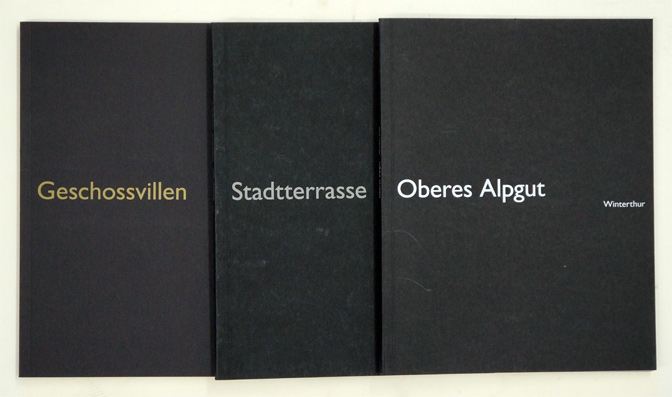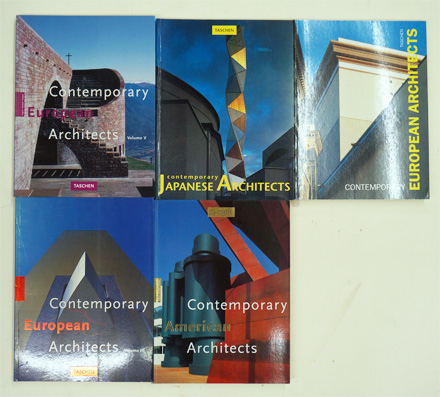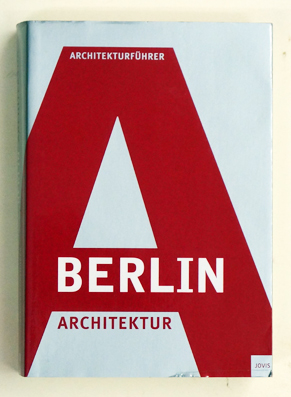

 store & opening hours
store & opening hours
 books in stock
books in stock
 anthroposophy
anthroposophy
 architecture
architecture
 architecture history
architecture history
 civil engineering
civil engineering
 construction / engineering
construction / engineering
 gardening
gardening
 general
general
 heritage preservation
heritage preservation
 interior architecture design
interior architecture design
 landscape architecture
landscape architecture
 monographs
monographs
 timber construction
timber construction
 urban development
urban development
 art
art
 art and crafts
art and crafts
 bauhaus
bauhaus
 bibliophile books
bibliophile books
 book sciences / typography
book sciences / typography
 children's and adolescents' books
children's and adolescents' books
 collecting
collecting
 cultural history
cultural history
 dance of death
dance of death
 dance theatre film jazz pop
dance theatre film jazz pop
 economy
economy
 erotica
erotica
 exil-literature - europa-, oprecht-verlag
exil-literature - europa-, oprecht-verlag
 gastronomy
gastronomy
 helvetica
helvetica
 history
history
 history of literature
history of literature
 illustrated books
illustrated books
 judaica
judaica
 judiciaries
judiciaries
 literature in first editions etc.
literature in first editions etc.
 manuscripts/facsimile
manuscripts/facsimile
 medicine
medicine
 militaria
militaria
 miscellaneous
miscellaneous
 moreau clement / majakowski wladimir
moreau clement / majakowski wladimir
 natural science
natural science
 new arrivals
new arrivals
 occulta masonica
occulta masonica
 old prints
old prints
 painting, graphic art
painting, graphic art
 philosophy
philosophy
 photography
photography
 posters
posters
 psychology / educational theory
psychology / educational theory
 religion
religion
 sculptures
sculptures
 signed books
signed books
 social movement
social movement
 sports
sports
 technics
technics
 the classics
the classics
 travel / alpinism
travel / alpinism
 catalogue
catalogue
 new arrivals
new arrivals
 sold books
sold books
 links
links
 edition peter petrej
edition peter petrej
 events
events
 newsletter
newsletter
 acquisition
acquisition
 impressum
impressum







 Englisch
Englisch Deutsch
Deutsch